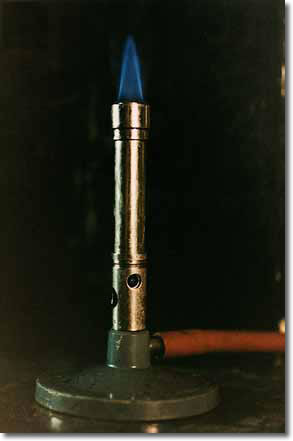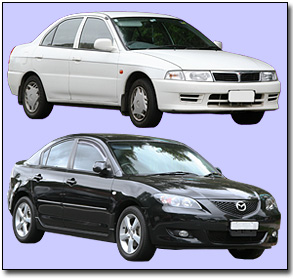Heat

Heat travels by conduction, convection and radiation. You are going to investigate radiation. Which heats up fastest, a dark can or a shiny can? Both cans are identical except for their outside surface. In this experiment you may not need to have a control as each treatment acts as a control on the other. You will then relate this to the colour of cars.  Design an experiment to compare the rate of heating of shiny and dark objects. First decide your dependent and independent variables and the variables that you will need to control. Task 1: Heating up Your plan should design an experiment that tests if the surface of an object affects how quickly it heats up. Valid and reliable experiments In a scientific investigation you must ask yourself if the experiment is valid and reliable. More... Variables The variables in an investigation are categorised as the independent variable, the dependent variable and the controlled variables. Ideally only one variable should change in an investigation. More... |

Bunsen burner  People say that dark cars are hotter in summer than light coloured cars. Is this true? You are going to plan an investigation to see if the surface of a material affects the temperature. |

The following activities are suitable for use on an interactive whiteboard ( IWB). You will need Activstudio 3 to open these flipcharts. If you do not have an IWB then use the Flash alternative. 

 These two print resources have some useful activities. Download Hot times 3 (.pdf 933 kB) and Hot Times 4 (.pdf 356 kB)  This website explains the transfer of heat. Here is a heat transfer animation that explains the different forms of heat transfer.  Black and white cars Now decide which of the two cars above would heat up the fastest. |
